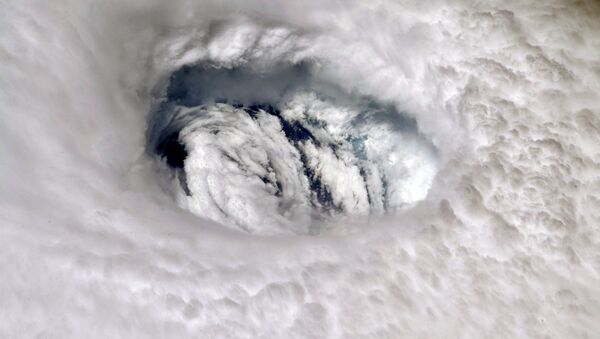The earliest seasonal tropical cyclone formation on record was identified on Saturday in the eastern Pacific Ocean basin, three weeks before the hurricane season officially begins.
The US National Hurricane Center in Miami said that the Tropical Depression One-E originated 900 miles from the southwestern coast of Mexico. The storm produced maximum sustained winds of 35 mph and was moving northwest at 8 mph as of Sunday morning.
The Hurricane Center confirmed that it was the earliest formation of a tropical cyclone in the region in recorded history, or the beginning of satellite observations, since 1966.
Officially, hurricane season begins on 15 May, and the Atlantic hurricane season starts on 1 June.
4/24 640pm PDT- New Special Outlook: An area of low pressure well south-southwest of Baja California Sur is still likely to become a tropical depression tomorrow. Full details: https://t.co/Oy8uof9ldM #90E pic.twitter.com/RtGmaIii9D
— NHC Eastern Pacific (@NHC_Pacific) April 25, 2020
AccuWeather said that early storms in the eastern Pacific usually take place in the first half of May, making this record exceptional.
Top AccuWeather hurricane expert, meteorologist Dan Kottlowski, noted a lack of consistent satellite coverage over the Pacific region in 1976 that missed many storms that formed before the season started, resulting in a scarcity of information.
"Weak storms that were well removed from land, like this tropical low, were often ignored until the 1990s", Kottlowski said.
Centered around 765 miles southwest of the southern tip of the Baja California Peninsula, the storm does not pose a threat to land or populations.
The National Oceanic and Atmospheric Administration Climate Prediction Center has not yet provided a seasonal outlook for the Atlantic basin, and will release its findings in May.
In April, researchers at Colorado State University predicted an above-average hurricane season this year, highlighting the lack of El Niño, which indicates warmer waters, an indicating factor.
Forecasters for this season predict 16 named storms, eight of which will develop into hurricanes and four to reach major hurricane strength, with winds above 111 mph.
The Atlantic hurricane season typically lasts 6 months, until November.




